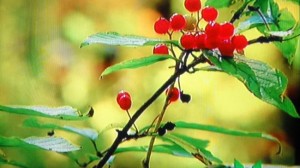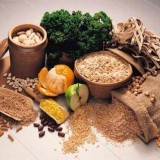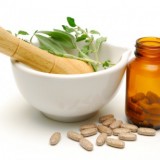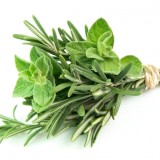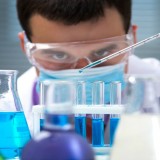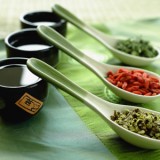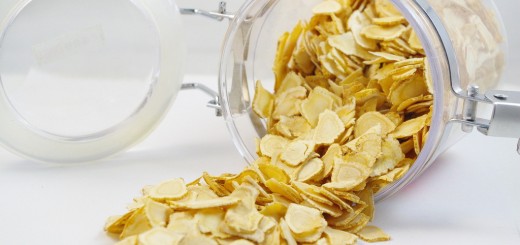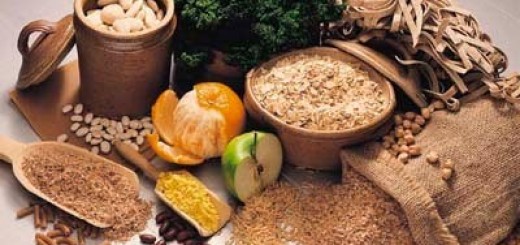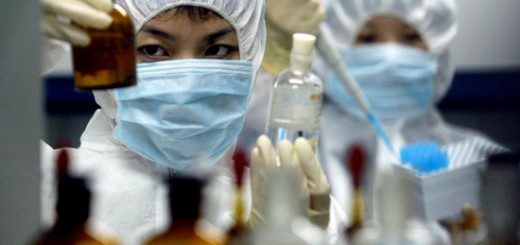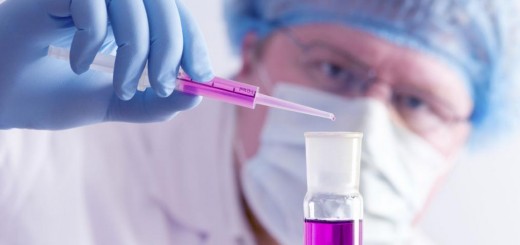Medicinal herbs have been identified and used throughout human history. All herbs produce chemical compounds as part of their normal metabolic activities. The study of traditional human uses of herbs is recognized as an effective way to discover future medicines. Currently, more than 120 compounds from medicinal herbs are used in modern medicine, and many of the pharmaceuticals currently available to physicians have a long history of use as herbal remedies, including aspirin, digitalis, quinine, and opium.
The use of herbs to treat disease is almost universal among non-industrialized societies. The use of, and search for, drugs and dietary supplements derived from plants have accelerated in recent years.
Medicinal herbs are widely used in:
- Traditional Chinese Medicine
- Western Ethnobotany
- Modern Herbal Medicine
- Homeopathic Treatment
Most cultures have a tradition of using herbs medicinally. In Europe, apothecaries stocked herbal ingredients for their medicines. From marijuana to catnip, there are hundreds of remarkably common herbs, flowers, berries and plants that serve all kinds of important medicinal and health purposes that might surprise you: anti-inflammatory, anti-fungal, insect repellent, antiseptic, expectorant, antibacterial, detoxification, fever reduction, antihistamine and pain relief.
Active Ingredients:
Active ingredients in medicinal herbs can be devided into the following categories:
- Alkaloids: Alkaloids are produced by a large variety of organisms, including bacteria, fungi, plants, and animals, and are part of the group of natural products. They often have pharmacological effects and are used as medications or recreational drugs, including local anesthetic, cocaine, caffeine, nicotine, morphine, the antibacterial berberine, and the anticancer compound vincristine.
- Polyphenols: Polyphenols contain phenol rings in structure. The anthocyanins that give grapes their purple color, the isoflavones, the phytoestrogens from soy and the tannins that give tea its astringency are phenolics.
- Glycosides: Glycosides play numerous important roles in living organisms. Many glycosides can be activated by enzymatic hydrolysis, making the chemical available for use.
- Terpenes: Terpenes are often strong smelling and are produced by a variety of plants. Terpenes are major biosynthetic building blocks within nearly every living creature.
- Vitamins and minerals
- Essential Oils

